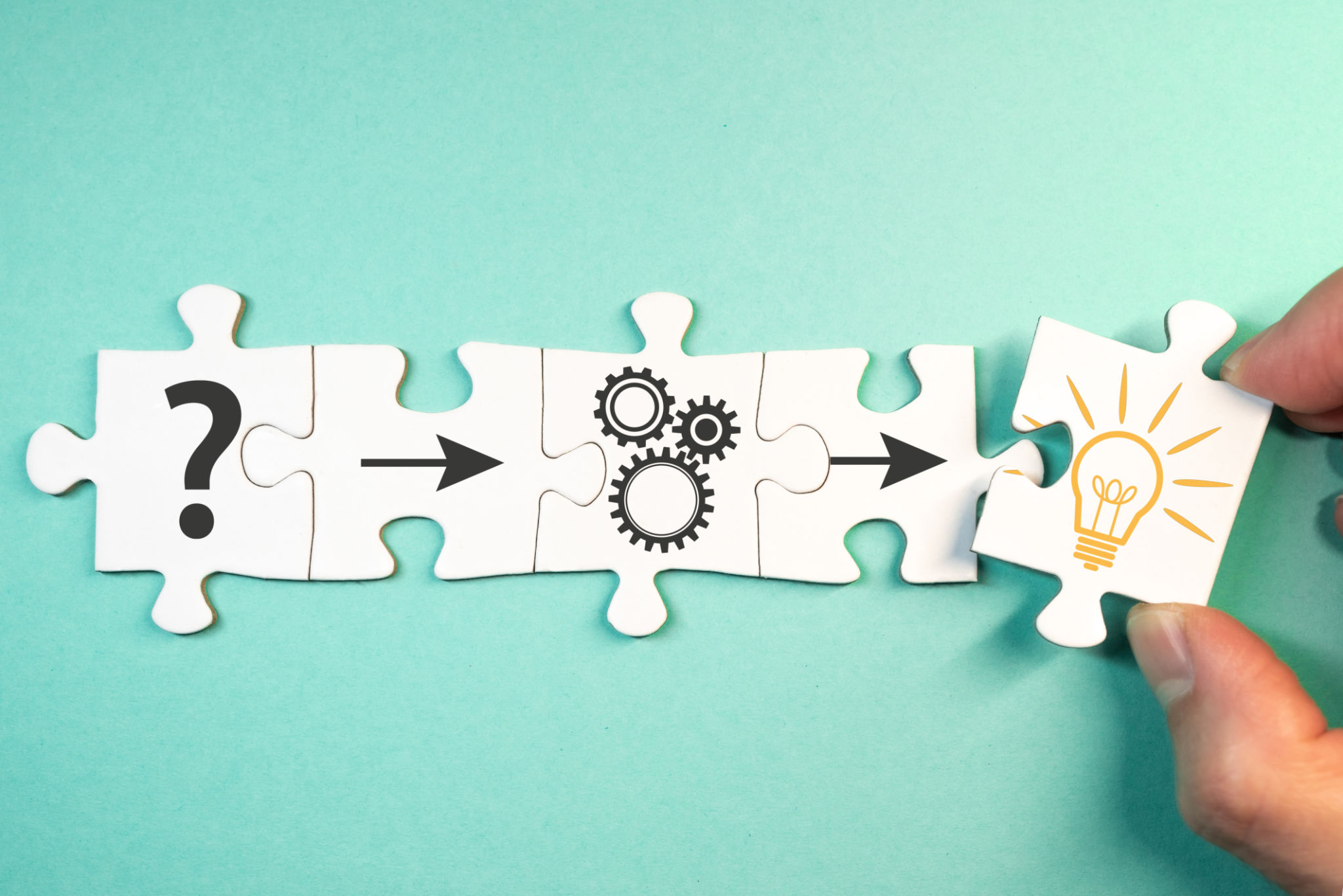Intentions & Goals: Distinguishing Between Them & Why We Are Better Off Having Both In Our Lives
You’ve probably used the words “intentions” and “goals” interchangeably before. Most people do. Understanding their distinct qualities, however, can completely transform how you approach personal growth.
Your intentions shape your present moment and define your mindset, while your goals provide concrete destinations to work toward. When you harness both elements together, you create something powerful: purposeful living combined with measurable achievement. This synergy lets you maintain daily mindfulness while actually progressing toward what you want most.
Intentions: The Emotional Compass of Our Lives
Defining Intentions: Beyond Simple Wishes
Intentions operate much deeper than casual wishes or fleeting desires. They represent your core values and authentic aspirations translated into conscious daily choices.
The difference is subtle but transformative. A simple wish might be “I want to be happy.” An intention, however, sounds more like “I’ll approach each interaction with openness and compassion.” See how one shapes your entire day while the other just floats in your head?
Your intentions become an internal guidance system. They help you stay aligned with what matters most, even when life throws curveballs. They create a framework for decision-making that goes beyond cold logic to incorporate your deeper wisdom and emotional intelligence.
For example, setting an intention to “nurture meaningful connections” naturally influences how you spend your time and energy across work, relationships, and personal growth. It becomes a filter for your choices.
The Role of Intentions in Shaping Our Daily Experience
The intentions you set each morning profoundly impact how you perceive and respond to everything that follows. Start your day with an intention to “find opportunities for growth in challenges,” and suddenly those stressful situations transform into valuable learning experiences.
This shift in perspective alters your stress response and enhances your resilience in measurable ways. It actually changes your physiology.
Research backs this up. Healthcare professionals who set daily intentions to practice mindful presence reported 40% higher patient satisfaction scores and experienced significantly less burnout compared to their peers. The ripple effects extend far beyond personal benefits too. When you operate from clear, positive intentions, you naturally inspire others and contribute to a more conscious community.
Emotional Resonance: How Intentions Impact Wellbeing
Setting intentions aligned with your authentic self creates what researchers call “coherence”—harmony between your thoughts, emotions, and actions. This alignment reduces internal conflict and creates that elusive sense of flow in your daily activities.
Neuroscience shows us that this emotional coherence activates your parasympathetic nervous system, lowering stress hormones and promoting both physical and mental health. You’re literally rewiring your brain for wellbeing.
Studies in organizational psychology reveal that teams led by individuals with strong positive intentions show 25% higher engagement levels and report significantly greater job satisfaction. Your intentions change you and everyone around you.

Goals: The Concrete Building Blocks of Achievement
What Sets Goals Apart from Intentions
Goals take abstract desires and transform them into measurable targets with specific endpoints. Unlike intentions, which create a general direction, goals provide concrete milestones you can track, measure, and definitively achieve.
Consider the difference: an intention might be “to get healthier,” while a goal specifies “run a 5K race in under 30 minutes by June 1st.” One guides your mindset; the other demands action.
The defining characteristic of goals lies in their accountability structure. Goals demand clear metrics, deadlines, and action steps. They create a psychological contract with yourself—either you achieve the specified outcome, or you don’t. This binary nature drives focused action and creates a framework for systematic progress.
The SMART Framework: Making Goals Work for You
The SMART framework transforms vague aspirations into achievable outcomes by ensuring they are Specific, Measurable, Achievable, Relevant, and Time-bound.
Instead of “read more,” a SMART goal states: “read 24 non-fiction books (two per month) in 2024, tracking progress in a digital reading log.” No ambiguity, clear success metrics, totally doable.
Research from the University of California shows that applying SMART criteria increases your likelihood of achievement by up to 42%. The framework forces you to think through practicality and logistics upfront, helping you identify potential obstacles and necessary resources before you begin.
Each element serves a distinct purpose: Specificity creates clarity, Measurability enables tracking, Achievability ensures motivation, Relevance maintains focus, and Time-bounds generate urgency. Consider breaking larger goals into smaller SMART sub-goals to maintain momentum and create regular wins.
The Impact of Clear Goals on Performance and Productivity
Research from the American Psychological Association reveals something remarkable: people who set clear, written goals perform up to 30% better than those who keep their objectives vague or unwritten.
Clear goals activate your reticular activating system (RAS)—the part of your brain that filters information and opportunities relevant to your objectives. It’s like programming your brain to notice resources and possibilities you’d otherwise miss.
The mere act of setting specific goals triggers improved focus, enhanced decision-making, and increased resilience when facing obstacles. Olympic athletes understand this principle well. In fact, 87% use detailed goal-setting practices as a cornerstone of their training regimens.

The Interplay Between Intentions and Goals
Bridging the Gap: How Intentions Inform Goal Setting
Your intentions serve as the compass guiding your goal-setting process, creating alignment between your deepest values and tangible outcomes.
If you hold an intention to prioritize physical wellbeing, this naturally leads to specific goals like completing three strength training sessions per week or preparing healthy meals at home five days weekly. Your intentions help you filter through potential goals and select those that genuinely reflect what matters most.
The bridge between intentions and goals strengthens when you regularly ask: “Do my goals honor my core intentions?” A professional who intends to create meaningful impact might translate this into goals of mentoring junior colleagues, publishing research, or developing innovative solutions.
The Feedback Loop: Adjusting Goals Based on Shifted Intentions
Life evolves, and so do your intentions. This requires corresponding adjustments to your goals. A shift from career advancement to work-life balance might lead you to modify professional goals from seeking promotion to establishing better boundaries.
This dynamic relationship allows for authentic growth while maintaining consistency with your current values and priorities. Sometimes achieving (or failing to achieve) certain goals helps clarify or reshape your intentions. You might train for a marathon only to discover your true intention isn’t athletic achievement but building community through group training sessions.
Schedule monthly reviews to examine both your intentions and goals. Ask whether they still align and serve your highest purpose. Many successful people dedicate the first Sunday of each month to this practice, spending 30-60 minutes on reflection and necessary adjustments.
The Psychological Benefits of Balancing Intentions and Goals
Enhancing Motivation: The Synergy of Intentions and Goals
Your motivation reaches new heights when you align deeper intentions with concrete goals. Consider intentions as your internal compass. They fuel emotional drive and connect you to core values. When paired with specific goals, this creates a powerful feedback loop.
Research shows that people who connect goals to meaningful intentions are 64% more likely to maintain long-term motivation compared to those focused solely on outcomes. If your intention is promoting wellbeing, fitness goals become more than numbers on a scale—they transform into meaningful steps toward living your values.
Reducing Anxiety: The Role of Intentions in Goal Pursuit
Ambitious goals can trigger performance anxiety and fear of failure. However, grounding your goals in intentions creates a more balanced psychological approach. Your intentions serve as a compassionate foundation, reminding you that your worth isn’t determined solely by achievement.
Elite athletes exemplify this balance—they set precise performance targets while maintaining intentions around personal growth and love of their sport. This dual focus allows them to pursue excellence without becoming overwhelmed by results-oriented pressure.
Studies in positive psychology demonstrate that individuals practicing intention-based goal pursuit report 40% lower levels of achievement-related stress. Each step forward becomes part of a meaningful journey rather than just another checkbox to complete.

Practical Strategies for Harmonizing Intentions and Goals
Daily Intentional Practices: Incorporating Intention into Routine
Start each morning by dedicating 5-10 minutes to setting your daily intention before checking emails or social media. This might involve sitting quietly, writing in a gratitude journal, or simply stating your intention—whether to remain patient, approach tasks creatively, or maintain positivity.
Research shows that morning routines incorporating mindful intention-setting lead to 23% higher reported satisfaction with daily accomplishments.
Create intentional pause points throughout your day—brief moments to reconnect with your chosen intention. These might occur before important meetings, during lunch breaks, or when transitioning between tasks. Set gentle phone reminders or place visual cues on your desk to prompt these check-ins.
Goal-Setting Techniques that Acknowledge Personal Intentions
Before writing any specific goals, map out your core intentions—your desired way of being, your values, and the impact you wish to have. Then craft SMART goals that naturally flow from these intentions.
For example, if your intention is promoting environmental sustainability, your goals might include reducing household waste by 50% within six months or transitioning to renewable energy by year’s end.
Each time you establish a new goal, ask: “Does this goal align with my fundamental intentions?” This simple question acts as a filter, ensuring your goals serve your broader life purpose rather than merely checking boxes.
Using Journals for Reflection: Tracking Intentions and Goals
Maintain a dedicated journal tracking both intentions and goals side by side. Use a two-column approach: document daily intentions and their manifestation in actions on one side; record goal progress on the other.
This dual tracking system reveals patterns between intentional living and goal achievement, often highlighting unexpected connections and opportunities for alignment. Studies indicate that individuals who regularly journal about both intentions and goals are 42% more likely to achieve desired outcomes while maintaining greater emotional balance..

The Impact on Relationships: Intentions, Goals, and Community
How Collective Intentions Can Influence Group Goals
Collective intentions serve as the foundation for meaningful group achievements. When you align personal intentions with those of your group—workplace, volunteer organization, or social circle—you create powerful synergy that transforms individual aspirations into collective momentum.
University of Michigan research shows that teams with clearly articulated shared intentions are 42% more likely to achieve stated goals than those focusing solely on outcomes. The ripple effect extends beyond immediate achievement, creating lasting cultural changes within groups.
The Role of Intentions and Goals in Fostering Relationships
Setting relationship-focused intentions—like practicing active listening or showing more appreciation—creates a foundation for deeper connections. Your relationship goals might include scheduling regular quality time or improving communication patterns, but these become more meaningful when anchored by genuine intentions to understand and support others.
Studies show that couples who regularly discuss both intentions and goals report 35% higher relationship satisfaction compared to those focusing solely on goal-setting. Professional relationships also benefit from this dual approach, with organizations encouraging employees to share both reporting higher trust levels, improved communication, and more effective problem-solving.
Future Outlook: The Evolution of Intentions and Goals in a Fast-Paced World
How Technology is Changing Our Approach
Digital tools have revolutionized how you track and maintain intentions and goals. Mobile apps offer real-time habit monitoring, while AI-powered platforms analyze behavior patterns and suggest personalized adjustments. These advances create a more dynamic and responsive framework for personal development.
Social connectivity features in goal-tracking platforms have transformed what was once a solitary pursuit into a community-driven experience. You can now share progress, join accountability groups, and receive instant feedback from like-minded individuals globally.
Predicting Trends: The Future of Personal Development
The next wave of personal development moves toward a more holistic and integrated approach. Research indicates that by 2025, over 70% of personal development platforms will incorporate both intention-setting and goal-tracking features, recognizing their synergistic relationship.
Virtual and augmented reality technologies will transform how you visualize and interact with intentions and goals. These immersive experiences will allow detailed mental modeling of desired outcomes, while AI-driven insights help you understand subtle relationships between intentions and their manifestation in achievable goals.
Neuroscience research reveals how different approaches to personal development affect brain plasticity and behavioral change. Studies suggest that combining clear goal-setting with mindful intention-setting activates multiple neural pathways, potentially leading to more sustainable personal transformation.

Moving Forward with Both
Understanding the distinct nature of intentions and goals allows you to harness their complementary power in your personal development journey. Your goals provide clear destinations and measurable outcomes, while your intentions shape your mindset and guide daily actions, creating a harmonious approach to achieving what you desire.
When you integrate both into your life strategy, you establish a robust framework that combines purposeful living with tangible achievements. Your intentions act as your internal compass, helping you stay true to your values and desired way of being. Your goals provide the external markers of progress that keep you motivated and moving forward.
You’ll reach your destinations while staying true to your authentic self. And that makes all the difference.
